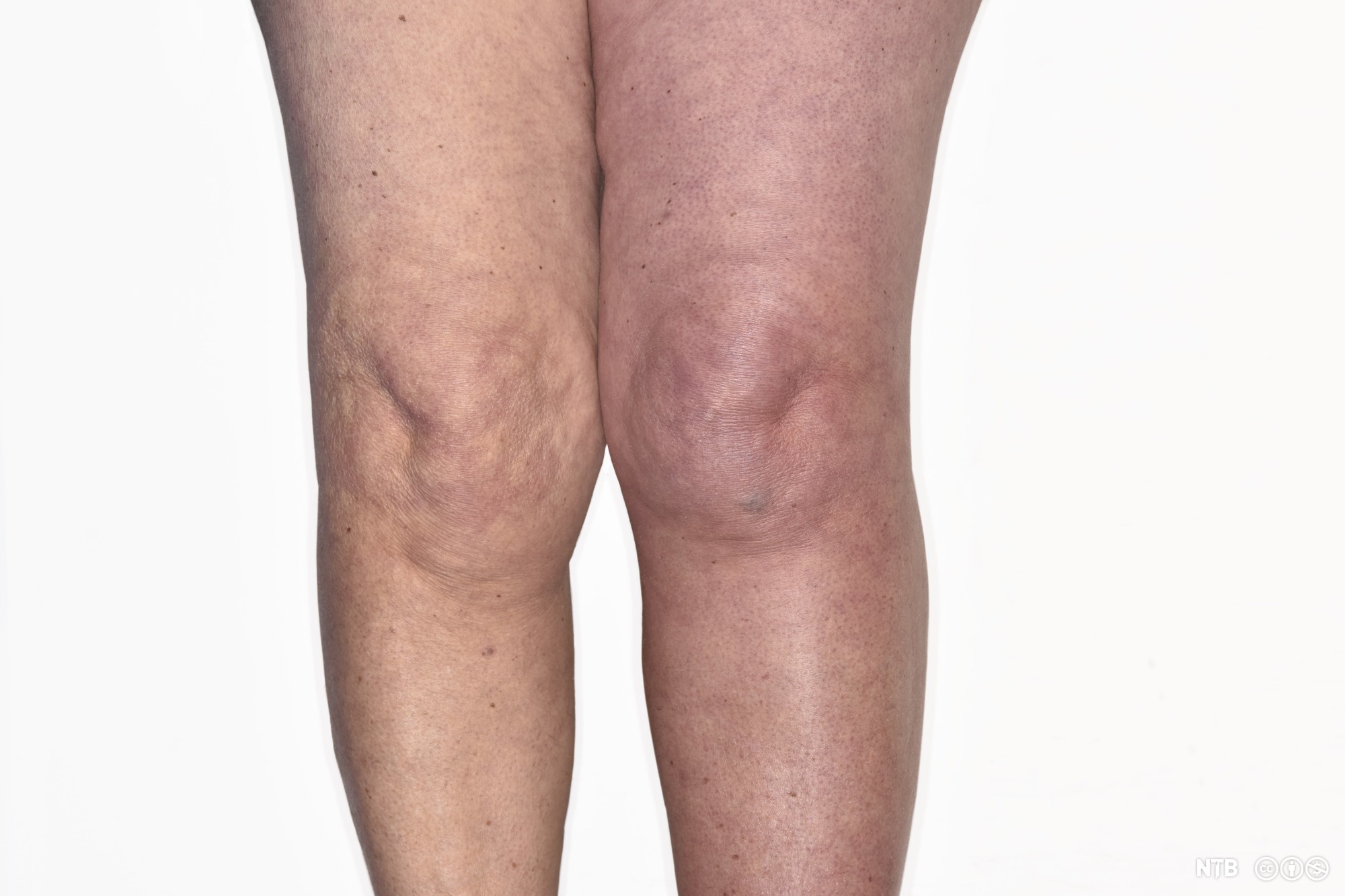The treatment of a Baker cyst depends on the underlying condition or injury that caused it. Nonsurgical options usually start with the RICE method: Rest, Ice, Compression and Elevation.
A knee wrap can offer compression and ice to help reduce swelling and pain. The best knee wraps for Baker’s cyst will also provide stability for the knee joint.
How to Wrap Your Knee
Getting your knee properly wrapped can reduce swelling and pain caused by a Baker’s cyst, as well as prevent future complications Best Knee Wrap for Bakers Cyst. The best knee wraps will offer compression, ice, and stability. The goal is to reabsorb the swelling behind your knee and decrease the pressure on the calf muscle.
Avoid conventional elastic bandages which don’t offer any support and soil easily. Ideally, look for one that is made with a soft, breathable material and is comfortable against your skin.
Start by sitting down and extending your knee out in front of you. Keep the knee bent slightly, not locked out. Wrap the knee with the bandage so it’s snug above and below the joint, but not tight enough to restrict movement or reduce circulation. Secure the end with whatever fastener it has – usually velcro or adhesive strips. Leave about a finger breadth of space between the end and your kneecap. This will ensure the wrap doesn’t put too much pressure on the kneecap.
The Benefits of Wrapping Your Knee
Some athletes wrap their knees to provide additional stability, especially when lifting heavy weights. For example, a weight lifter might wrap their knees before performing squats to reduce the pulling forces that would otherwise be transmitted from the patellar ligament to the shin.
The pain and swelling that accompany Baker’s cyst often respond to rest and the use of nonsteroidal anti-inflammatory drugs like ibuprofen or paracetamol. Doctors can also drain the cyst by inserting a needle into the knee joint and then injecting a corticosteroid medication into the knee.
If you suspect that you have a Baker’s cyst, see a physician right away. This is important because the symptoms of a Baker’s cyst can sometimes be similar to those of a blood clot in a leg vein, which is a medical emergency.
Wrapping Your Knee for Sports
A good knee wrap will offer compression, ice and stability. Compression can help the Baker’s cyst reabsorb fluid and reduce swelling, ice offers pain relief and stability can prevent the knee from giving way. A good option is the Vive Knee Ice Pack Wrap.
Knees take a beating during sports and other high impact activities. The best way to avoid injury is to talk to a physiotherapist and create a training plan that focuses on low impact exercises, such as swimming, cycling, using the elliptical or yoga.
To heal your Baker’s Cyst and the underlying knee condition or injury, you need lots of healthy blood flow. Combination Therapy is the best way to achieve this. The ColdCure Leg Wrap, BFST Knee Wrap and KB Support Tape provide the pain and swelling relief of the ColdCure Wrap, the healing power of BFST and the protection and re-injury prevention of KB Support Tape. This is the absolute best treatment combination for a Baker’s Cyst.
Wrapping Your Knee for Injury
A Baker’s cyst is a protrusion of fluid behind the knee that can be painful and restrict movement. It’s typically caused by damage or degenerative changes to the knee joint such as meniscal injuries and arthritis. A good knee wrap can offer compression to help the swelling reabsorb, and stability. Wraps that can provide both will be best as this will allow you to continue training and performing weight-bearing activities like running or heavy squatting.
To heal quickly and effectively, your injured knee will need lots of healthy blood flow. To achieve this, use the BFST(r) Knee Wrap first thing in the morning and before you go to bed. This simple treatment will bring the healthy blood flow your knee needs to heal. This will speed up your recovery and get you back to the gym. Using this treatment and following your physiotherapy protocol will ensure that your Baker’s Cyst heals completely. Getting back to your training is essential, so you can keep building your strength!










